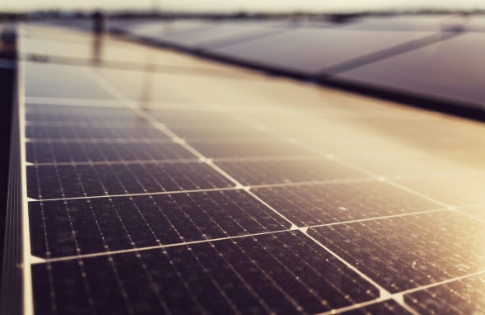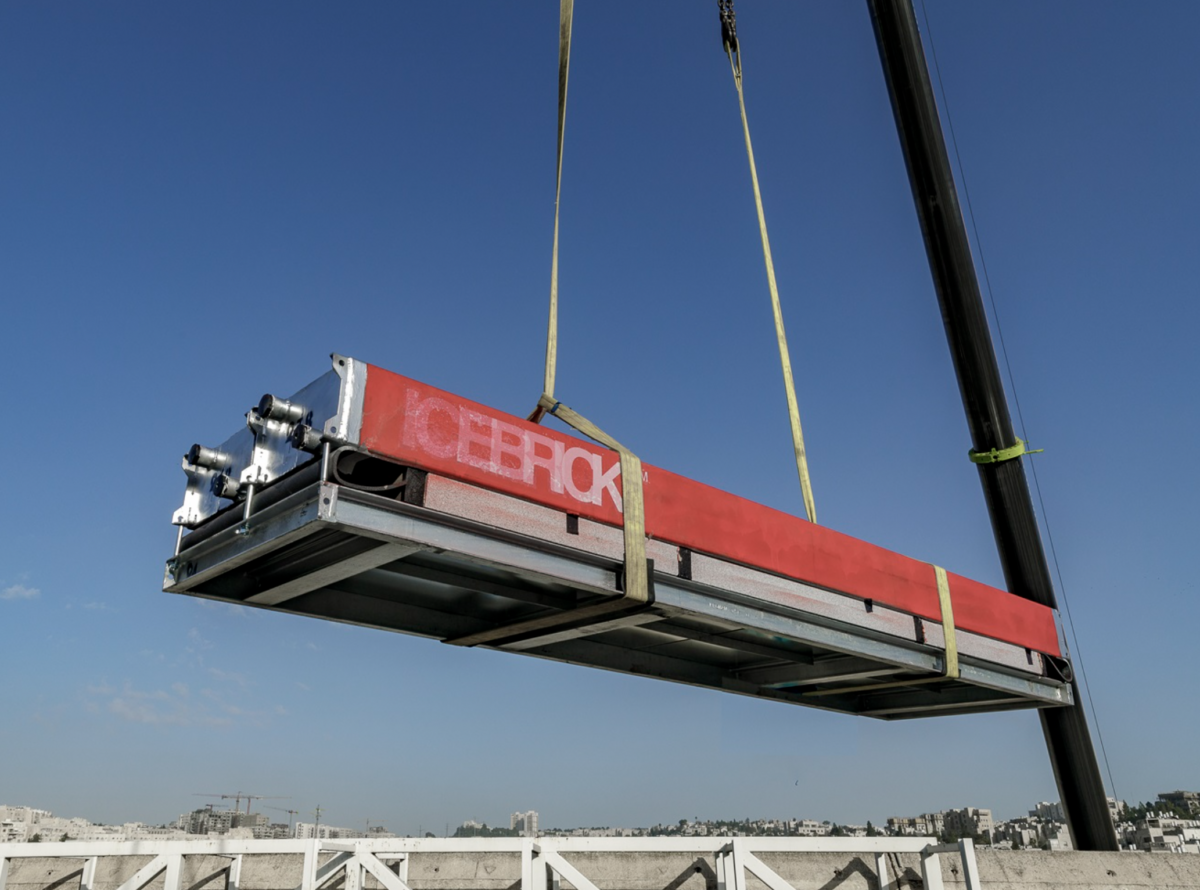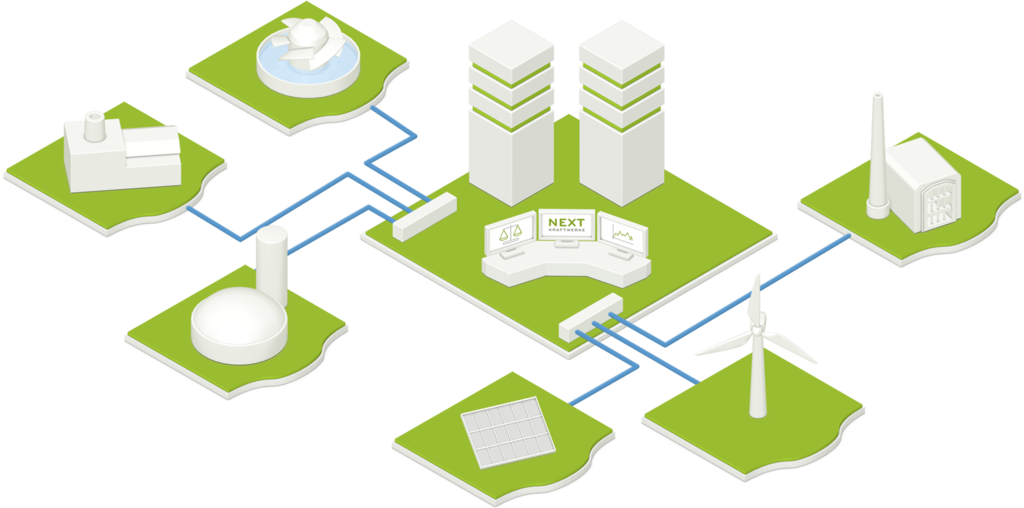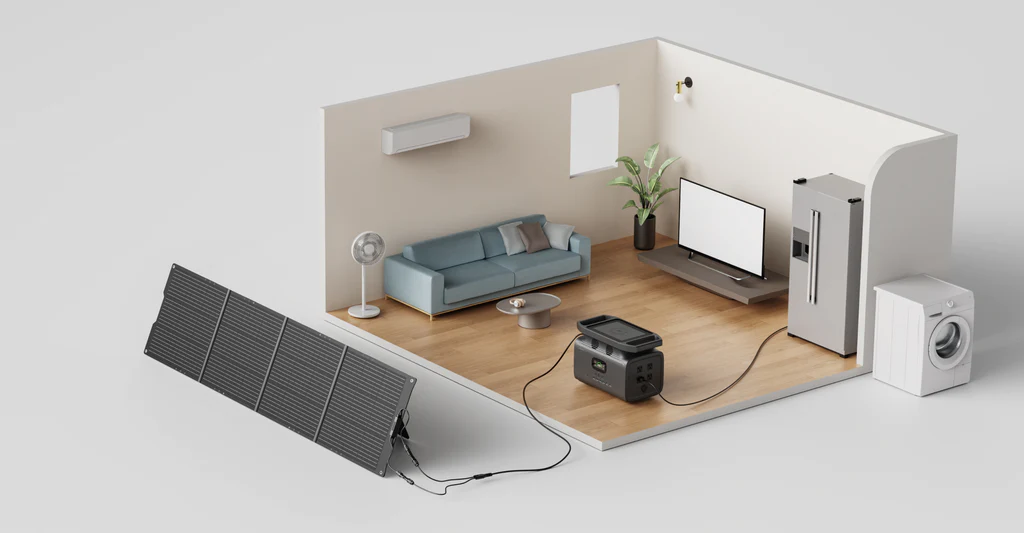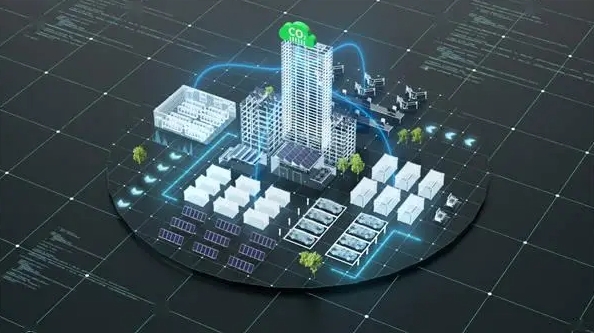
VPPs are important to power grid operations because they provide grid flexibility. VPPs help balance supply and demand on the grid by coordinating many smaller assets to respond quickly to fluctuations. This becomes increasingly important as more intermittent renewable energy sources—wind and solar—are added to the grid.
“A virtual power plant is essentially an aggregation of lots of different resources or assets from the grid,” Sally Jacquemin, vice president and general manager of Power & Utilities with AspenTech, said as a guest. “As a whole, they have a bigger impact on the grid than any individual asset would have on its own. And so, you aggregate all these distributed energy resources and assets together to create a virtual power plant that can be dispatched to help balance the overall system supply to demand.”
VPPs provide a way to effectively integrate and manage distributed energy resources such as rooftop solar, small wind turbines, battery storage systems, electric vehicles, and demand response programs. VPPs can reduce strain on the grid during peak demand periods by strategically reducing consumption or increasing generation from distributed sources, helping to avoid blackouts and reducing the need for expensive peaker plants.
Other benefits provided by VPPs include enhancing grid resilience, enabling smaller energy resources to participate in electricity markets that would otherwise be inaccessible to them individually, and reducing infrastructure costs by making better use of existing assets and reducing peak demand. VPPs enable consumers to become “prosumers,” that is, both producers and consumers of energy, giving them more control over their energy use and potentially reducing their costs.
“Virtual power plants are becoming important, not only for utilities, but also in the private sector,” Jacquemin explained. “Because of the commercial value of electricity rising and the market system rates, it’s now profitable for these virtual power plants in many markets due to the value of power that they can supply during these periods of low supply.”
AspenTech is a leading industrial software partner, with more than 60 locations worldwide. The company’s solutions address complex environments where it is critical to optimize the asset design, operation, and maintenance lifecycle. AspenTech says its Digital Grid Management solutions “enable the resilient, sustainable, and intelligent utility of the future.”
“At AspenTech Digital Grid Management, our software is in control rooms of utilities around the world,” said Jacquemin. “All utilities know they need to be investing in their digital solutions and modernizing their control room technology in order to meet the demands of the energy transition. So, utilities need to be focusing more time and more money to ensure that their software and their systems are capable of enabling that utility of the future.”
